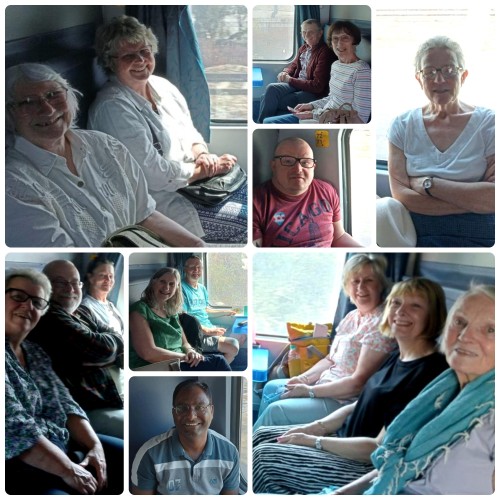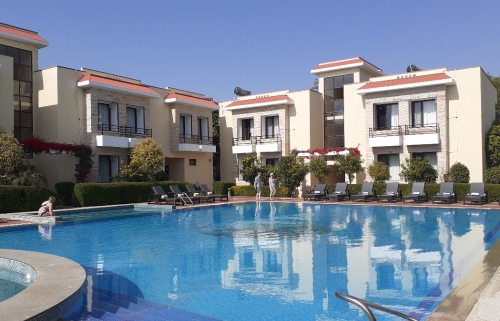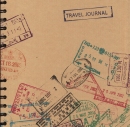“Shimla may have been called the summer capital, but for all practical purposes this was the real Capital of India as the Government of India stayed there for the better part of the year moving down to Calcutta and later to New Delhi only during the winter months. As the summer capital of the British Raj, Shimla came to be known as ‘the workshop of the Empire’.” – Ashok Kumar, “A Journey into the Past”
The hotel in Shimla was very nice but built of several levels and terraces which made it rather confusing. We approved our room and then I returned up several steps of stairs to the bar to order a beer.
When I got there I was gasping for breath and I wondered if I was having a medical incident but as it turned out it was all down to the altitude. We were now two thousand, two hundred metres above sea level (about a quarter of the way to the top of nearby Mount Everest) and that is about two thousand, one hundred and fifty metres higher than where we live almost at sea level in Grimsby on the east coast of the UK.
From the top floor of the hotel there was a magnificent view over the Himalayas…
For our day in Shimla we were joined today by local guide and expert Sanjay Jadhur who met us at the former British Viceroy’s Lodge at the top of the city in the Observatory Hills.
It was designed by the British architect Henry Irwin and built in the Jacobean style, drew inspiration from the architectural style of the English Renaissance but also reflects elements of the castles of the Scottish Highlands. The building is of light blue-grey stone masonry with tiled pitch roofing. The interior is noted for elaborate woodwork, teak was brought from Burma and was supplemented by local cedar wood and walnut.
It is a very grand building but it has to be said but it didn’t impress renowned architect Edwin Lutyens who said of it – “If one was told that monkeys had built it, one could only say, ‘What wonderful monkeys — they must be shot in case they do it again.’ “
Shimla is spread across seven hills in the northwest Himalayas among lush valleys and forests of oak, rhododendron and pine is the capital of Himachal Pradesh that was once the summer capital of colonial India and even today there is still more than a hint of the Raj about it.
An interesting visit, wonderful gardens and great views followed by a brief tour of the interior of the Lodge, not a lot of it, just a couple of rooms where there was a photographic display of the final days of Empire and a gathering of all concerned to thrash out the details of withdrawal, independence and partition. What struck me was that there were no photographs of Mountbatten or the British delegation which I thought was rather odd.
What had become obvious over the last two weeks was that in India there is little respect or regard for the British Empire or for Earl Mountbatten, who it seems made a dreadful mess of his most important job, but nevertheless he was an important player throughout 1947 so I was surprised to find no reference to him at all in the galleries.
Next up was a visit to a Hindu Temple, I forgot to note the name but I think it was the Sankat Mochan temple somewhere close to the centre of the city.
Now, I don’t want to be disrespectful here but a visit to a Hindu Temple is not especially thrilling I have to say. A Muslim Mosque isn’t very thrilling either because they are plain and boring but a Hindu Temple is quite the opposite with an accumulation of random bric-a-brac and gaudy decoration like visiting an aged relatives house who has collected a load of junk over the years and leaves out proudly on display to impress visitors.
I suppose it would help to have an understanding of the Hindu faith but unfortunately my knowledge is a complete blank on this one.
Leaving the Temple we moved on to the heart of the colonial city, the Ridge and the Mall and this was a real shock. We had come to see the real India but here suddenly we were in the heartlands of Tory Britain, this was like Chester, Stratford-upon-Avon or Weybridge in Surrey because this is where the British ex-pats built a town where they felt at home, where they recreated town life in Great Britain.
We walked past a mock-Tudor post office to one side then on past the slate-roofed, slightly Welsh looking Town Hall, to reach the town square at the end of The Ridge and a Tudor style library and Victorian Gothic Christian Church with its very English village appearance. Suddenly we were in the Cotswolds. There was even a mechanical street sweeper lurking in a corner ready to deal with a shred of litter. It is almost like a theme park and it reminded me immediately of Walt Disney EPCOT World Showcase where there is the recreation of an English town much like this.
Here is EPCOT…
And then a street of shops and cafes that would not have been out of place anywhere in middle England, it was all rather odd, we had a sandwich lunch which was almost English but not quite and then collectively turned down the offer to go shopping for an hour or so and opted instead to return to the hotel to squander away the remainder of the afternoon, reflect on our India experience and prepare for the journey back the next day to Delhi and our final evening.























































